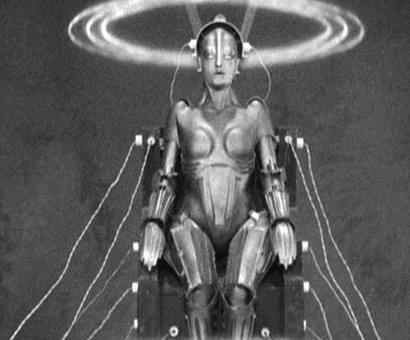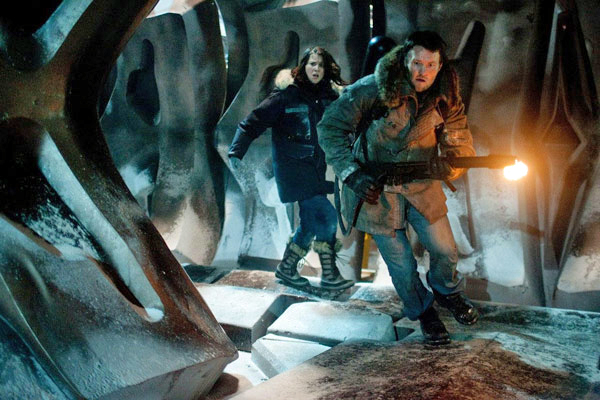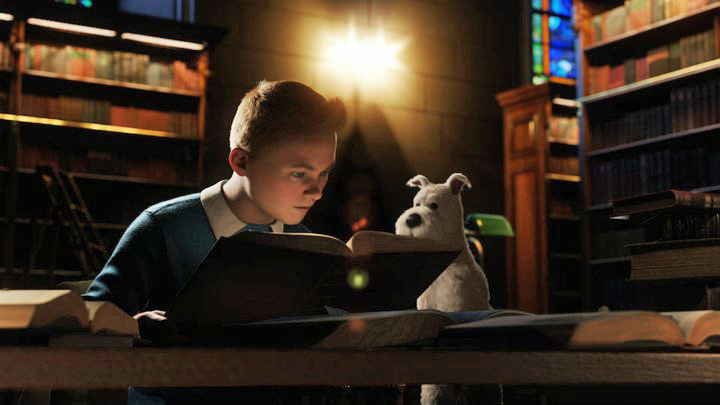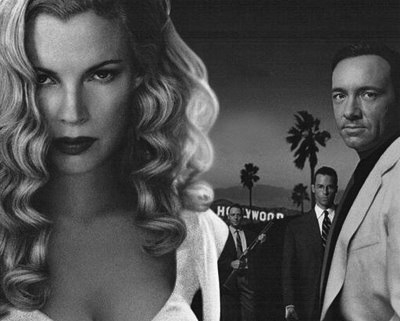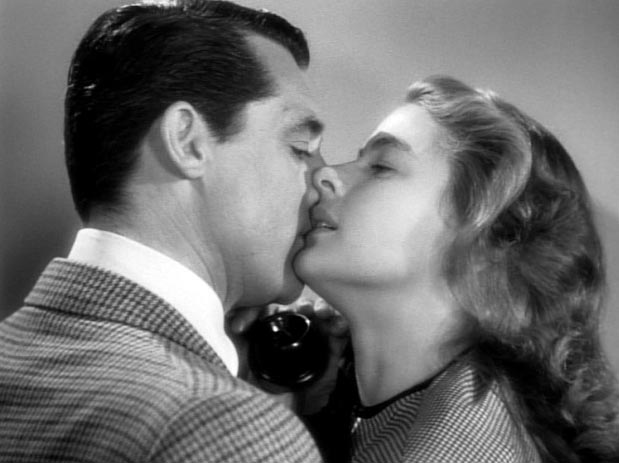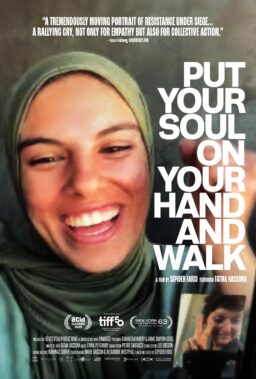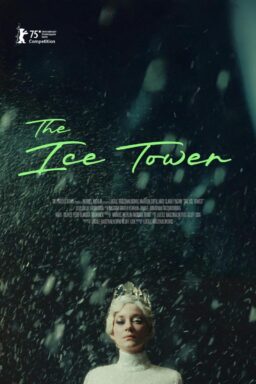Q. I guess I saw a different movie from you, but “The Informant!” movie offended in the worst way — it was boring! Matt Damon was boring, the dialogue was boring, the direction was boring. You need to curb your crushes on movie stars and start critiquing movies again based on their merits, not on how much your heart throbs. After giving this piece of crap four stars, you have lost all credibility. I wrote my newspaper, suggesting they drop you and rehire the local movie reviewer who recently lost his job. You aren’t worth the money they pay.
Doris Jewett
A. According to Rotten Tomatoes, 76 percent of the nation’s critics approved of the film. That doesn’t make me right. But what with the economy the way it is, do you think we can afford that many people to be fired?
Q. I just learned that Fritz Lang‘s “Metropolis” (1927) with the newly rediscovered scenes added already, has been shown in Buenos Aires. Now I have to sit and wait until it gets to San Diego, I guess. (I doubt it will ever play in any towns in Mexico, other than Mexico City.)
Joel Meza, film critic,
Mexicali, Baja California, Mexico
A. I think those long-lost scenes were found in the first place in Buenos Aires, so that’s appropriate. The longest version seen in the United States has been 123 minutes. The restored version is 210 minutes long! Kino International will release DVD and Blu-ray discs later this year or in early 2010. “Metropolis” is already at No. 87 in the IMDb top films voting. Now the sky’s the limit.
Q. In a recent online entry, you noted that the Israeli film “The Band's Visit” was not considered for best foreign language film because more than half the film was in English. But the film was produced and made in another country. Why does the academy consider the language spoken to be the only factor in determining whether its a foreign film or not? They should solely look at where the film was produced and made. The category of “Best Foreign Language Film” is ridiculous. Who made the film that’s what matters.
Alex Lovering, Los Angeles
A. I completely agree. It’s time for the academy to wake up and smell the coffee. English is a common universal language. It was the only one the Israelis and Egyptians in the film both spoke. I once complimented an Indian reader for his command of English, and he wrote back: “In India, we have been speaking it longer than you have.”
Q. I read your review of Yojiro Takita‘s “Departures,” which sounds very intriguing. I’ve been a big fan of Kore-eda’s since I saw “After Life,” and I’m a huge fan of the Japanese masters, so hearing that Takita-san has given us another fine Japanese film that isn’t exploitative animation or another (often fun, of course) blood-soaked gun- and swordplay action film is good news. Miyamoto-san and Takahata-san (and everyone at Ghibli) seem to be the only animators in Japan still interested in making meaningful and whimsical films.
I say this because I’ve been on a mission to find the modern Japanese masters, and I’m having a tough time. Do you think they are simply having a hard time getting their movies made or that it’s just an overall lull in live-action, dramatic filmmaking in general? We could no doubt level the same criticism at American directors. I’ve recently watched some Takeshi Kitano films and enjoyed them (although “Kikujiro” was very uncomfortable), and Miyazaki is eternal. But I am getting ever closer to having seen all of Kurosawa’s and Ozu’s films from an entirely different era, and as I watch these incredibly moving and astonishing movies, I wonder more and more what happened to the industry.
Sean Campbell, Kingston, Tenn.
A. The three great world cinemas are American, French and Japanese. The rise of the brain-numbing Hollywood blockbuster and the global virus of U.S. fanboy tastes have made it harder for creative directors to work in all three countries. The French remain productive, but the Japanese are challenged. Yet just recently we’ve seen such amazing films as “Departures,” Kore-eda’s “Still Walking,” Miazaki’s “Ponyo” and Kiyoshi Kurosawa‘s “Tokyo Sonata.” Takeshi Kitano also has a new film about to arrive.
Q. I have recently been rediscovering Lee Marvin. Coming across your review of “Point Blank,” I found you awarded it three stars, and seemed not too impressed. I, frankly, was rather floored, by Marvin and by John Boorman’s direction. What a striking crime film!
Your review of “Point Blank” was written around 1967; have you have seen it recently enough for your opinion of it to have changed?
Thom Rhodes
A. Yes, I have, and yes, it has. Marvin was a great original.
Q. I recently went and saw “The Wizard of Oz” projected at the AMC Mazza Gallerie, in Chevy Chase, Md. They began to show it in a 1.85:1 stretched wide-screen format. I complained, and they reluctantly switched the film back to its proper academy ratio. Apparently a regional manager told them to zoom the film because “it looked small … like it was on TV.”
You would think someone in management in a theater chain would know better. So after fighting for years to get wide-screen films shown in letterbox on TV, do we now have to worry about seeing “Gone With the Wind” or “Casablanca” incorrectly shown in wide screen for fear people will complain about the black bars on the side of the screen (or have a projectionist who doesn’t know better)?
Jeff Swearingen, Arlington, Va.
A. That doesn’t sound like AMC, which usually has excellent projection. If it’s true, then the manager is employed in the wrong business. Such ignorance is discouraging. All titles should be projected in the aspect ratio they were filmed in. How did this man not learn that virtually all movies filmed before 1952, and a great many of them afterward, were filmed in the “academy ratio,” which is 4:3? When wide screen first came in, the legendary German director Fritz Lang said, “It is only good for filming snakes and funerals.”
Q. Have you been following the enormous buzz over director Oren Peli‘s independent horror film “Paranormal Activity“? The film, rumored to have cost a mere $11,000 and shot in the director’s own home over a period of one week, is being hailed by many reputable critics as perhaps the most frightening film since “The Exorcist.” Shot in “Blair Witch” camera style, the film features an unmarried couple who attempt to videotape the allegedly paranormal entity that is haunting their bedroom.
It first premiered at the 2008 Slamdance Film Festival, where the word of mouth spread like wildfire. Just days ago it had a showing (in the pouring rain) at the Abel Gance Open Air Cinema at Telluride. The great news is that after DreamWorks allegedly passed on the distribution rights, Paramount has stepped in and agreed to market it.
Just curious if you were aware of all the hype, if you planned on commenting on it at some point and if you’ve spoken with any of your colleagues who may have been lucky enough to have actually seen the film.
Kevin Fellman, Phoenix
A. Those critics who’ve seen it praise it. It opens Friday in Chicago, where it had one press screening, at midnight as part of Fantastic Fest, and I took a pass. I mean, why not do the decent thing and show it during my waking hours, which still leaves you 16, maybe 17 hours a day? I’ll catch up with it. The film’s user rating on IMDb.com is a phenomenal 8.7, but pre-release, you can never be sure what that means.

